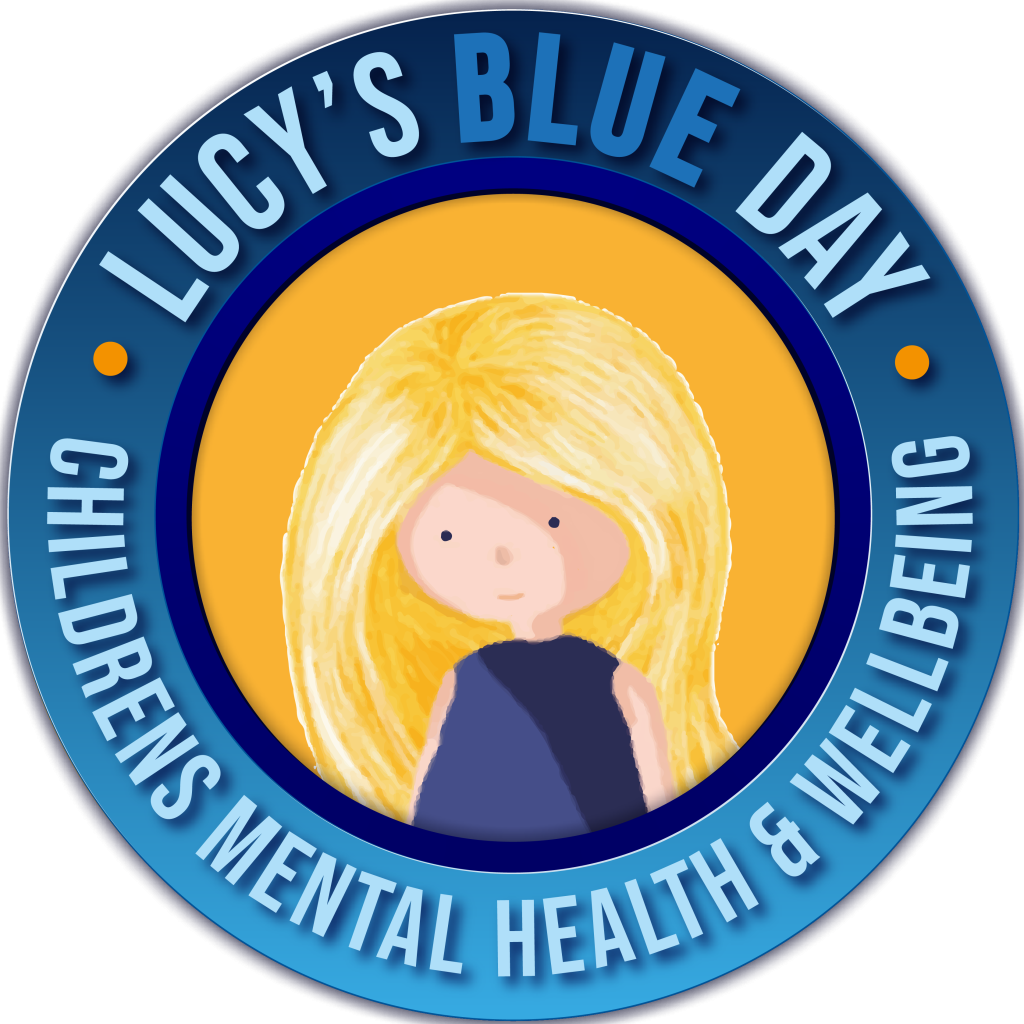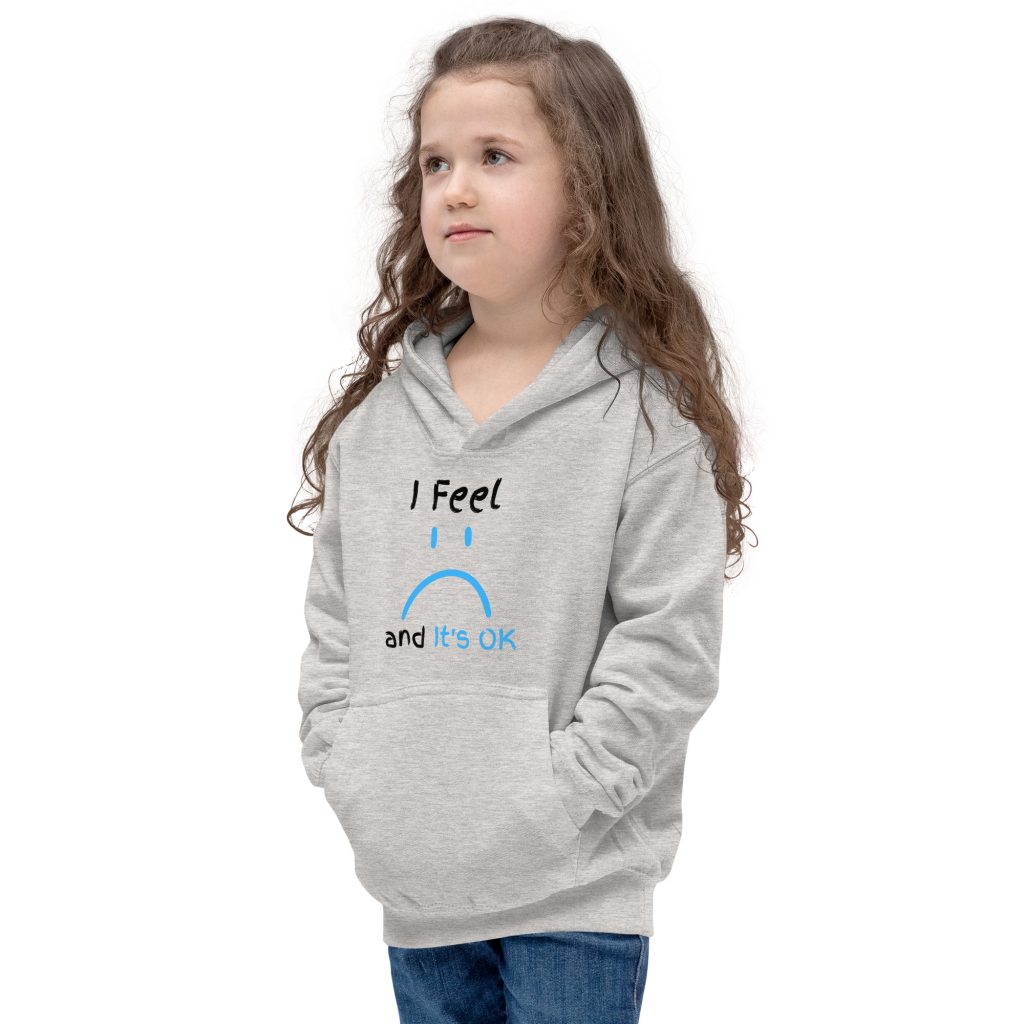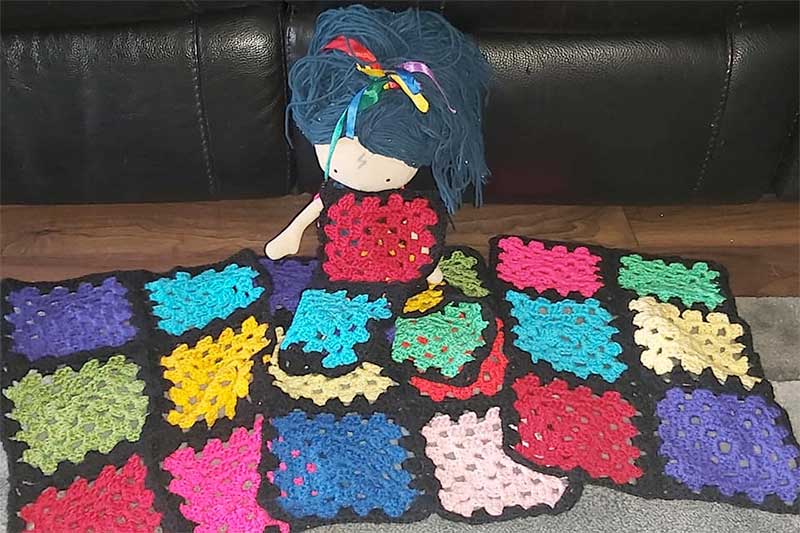Experts explain the warning signs of childhood anxiety that parents should be aware of.
[/fusion_text][fusion_imageframe image_id=”222|medium” aspect_ratio=”” custom_aspect_ratio=”100″ aspect_ratio_position=”” skip_lazy_load=”” lightbox=”no” gallery_id=”” lightbox_image=”” lightbox_image_id=”” alt=”” link=”” linktarget=”_self” hide_on_mobile=”small-visibility,medium-visibility,large-visibility” sticky_display=”normal,sticky” class=”” id=”” max_width=”” sticky_max_width=”” align_medium=”none” align_small=”none” align=”none” mask=”” custom_mask=”” mask_size=”” mask_custom_size=”” mask_position=”” mask_custom_position=”” mask_repeat=”” style_type=”” blur=”” stylecolor=”” hue=”” saturation=”” lightness=”” alpha=”” hover_type=”none” margin_top_medium=”” margin_right_medium=”” margin_bottom_medium=”” margin_left_medium=”” margin_top_small=”” margin_right_small=”” margin_bottom_small=”” margin_left_small=”” margin_top=”” margin_right=”” margin_bottom=”” margin_left=”” bordersize=”” bordercolor=”” borderradius=”” z_index=”” caption_style=”off” caption_align_medium=”none” caption_align_small=”none” caption_align=”none” caption_title=”” caption_text=”” caption_title_tag=”2″ fusion_font_family_caption_title_font=”” fusion_font_variant_caption_title_font=”” caption_title_size=”” caption_title_line_height=”” caption_title_letter_spacing=”” caption_title_transform=”” caption_title_color=”” caption_background_color=”” fusion_font_family_caption_text_font=”” fusion_font_variant_caption_text_font=”” caption_text_size=”” caption_text_line_height=”” caption_text_letter_spacing=”” caption_text_transform=”” caption_text_color=”” caption_border_color=”” caption_overlay_color=”” caption_margin_top=”” caption_margin_right=”” caption_margin_bottom=”” caption_margin_left=”” animation_type=”” animation_direction=”left” animation_speed=”0.3″ animation_offset=”” filter_hue=”0″ filter_saturation=”100″ filter_brightness=”100″ filter_contrast=”100″ filter_invert=”0″ filter_sepia=”0″ filter_opacity=”100″ filter_blur=”0″ filter_hue_hover=”0″ filter_saturation_hover=”100″ filter_brightness_hover=”100″ filter_contrast_hover=”100″ filter_invert_hover=”0″ filter_sepia_hover=”0″ filter_opacity_hover=”100″ filter_blur_hover=”0″]https://lucysblueday.co.uk/wp-content/uploads/2020/05/about-chris-author-image-300×225.png[/fusion_imageframe][fusion_text columns=”” column_min_width=”” column_spacing=”” rule_style=”” rule_size=”” rule_color=”” hue=”” saturation=”” lightness=”” alpha=”” content_alignment_medium=”” content_alignment_small=”” content_alignment=”” hide_on_mobile=”small-visibility,medium-visibility,large-visibility” sticky_display=”normal,sticky” class=”” id=”” margin_top=”” margin_right=”” margin_bottom=”” margin_left=”” fusion_font_family_text_font=”” fusion_font_variant_text_font=”” font_size=”” line_height=”” letter_spacing=”” text_transform=”” text_color=”” animation_type=”” animation_direction=”left” animation_speed=”0.3″ animation_offset=””]Most people are concerned about the cost of living crisis, but what about children? They are dealing with less money, worried parents, exams, and all the pressures of social media and modern life.
There is no doubt that our children are under strain; according to NHS data, approximately 300,000 British youth may suffer from an anxiety illness. It is estimated that up to 5% of children under the age of 12 and up to 19% of all children and adolescents in the UK may be affected by this.
According to Dave Smithson, operations director at Anxiety UK, anxiety is the most prevalent psychological disorder among children and young people (anxietyuk.org.uk). However, parents may not always be able to recognise anxiety’s telltale indications.
However, she emphasises that anxiety is one of the most prevalent mental health issues and that more and more young people require care for their mental health. The impact of the expense of living crisis, increased academic pressure to make up for lost learning, and the fact that young people are emerging from the pandemic with fewer future prospects make us aware that this past year has been one of the hardest for young people.
When a young child isn’t in a stressful scenario but nevertheless feels more anxious or panicked than usual, according to Kehoe, anxiety can become a problem.
She continues, “As a parent, it can be challenging to tell if your child is having a hard time, and the signals may not always be visible.” There are several indicators you can watch out for, though, if you believe they may be having trouble.
[/fusion_text][fusion_text columns=”” column_min_width=”” column_spacing=”” rule_style=”” rule_size=”” rule_color=”” hue=”” saturation=”” lightness=”” alpha=”” content_alignment_medium=”” content_alignment_small=”” content_alignment=”” hide_on_mobile=”small-visibility,medium-visibility,large-visibility” sticky_display=”normal,sticky” class=”” id=”” margin_top=”” margin_right=”” margin_bottom=”” margin_left=”” fusion_font_family_text_font=”” fusion_font_variant_text_font=”” font_size=”” line_height=”” letter_spacing=”” text_transform=”” text_color=”” animation_type=”” animation_direction=”left” animation_speed=”0.3″ animation_offset=””]This can be brought up during Children’s Mental Health Week, which takes place from February 6–12 (childrensmentalhealthweek.org.uk).
Deirdre Kehoe, co-CEO and director of training and services at children’s mental health charity YoungMinds (youngminds.org.uk), says it’s common for kids and teens to feel stressed or anxious at certain times in their lives, such as when exams are approaching, when they’re having trouble with friends or family, when they have financial concerns, or when they’re worried about current events in the news.
However, she emphasises that anxiety is one of the most prevalent mental health issues and that more and more young people require care for their mental health. The impact of the cost of living crisis, increased academic pressure to make up for lost learning, and the fact that young people are emerging from the pandemic with fewer future prospects make us aware that this past year has been one of the hardest for young people.
When a young child isn’t in a stressful scenario but nevertheless feels more anxious or panicked than usual, according to Kehoe, anxiety can become a problem.
She continues, “As a parent, it can be challenging to tell if your child is having a hard time, and the signals may not always be visible.” There are several indicators you can watch out for, though, if you believe they may be having trouble.
There are several subtle indications of anxiety in kids and teenagers, such as…
1. Sleep difficulties
According to Smithson, symptoms of probable anxiety that could be confused for another illness include trouble falling asleep, experiencing disturbing nightmares, and possibly wetting the bed.
2. Nervousness
According to Kehoe, if your child is acting more anxious and less able to handle situations than usual, this could be due to underlying anxiousness. “Symptoms will appear different for everyone,” the expert advises, “but things your youngster might be experiencing include feeling nervous, overwhelmed, or full of dread.”
3. Physical conditions
A little sickness like stomach pain or feeling lightheaded could be a sign of a worse problem. According to Kehoe, “Physical symptoms, such as feeling lightheaded or experiencing cramping in the stomach or diarrhoea, might be a marker of worry.”
In addition, Smithson notes that headaches and stomachaches are usually associated with worry in adolescents and teenagers, particularly if they are exploited as an excuse to skip school.
4. Increasing clinginess
Another warning indicator, according to Smithson, is if your child starts crying or resists leaving you. This is frequently a symptom of separation anxiety, which, according to NHS data, is the most prevalent type of anxiety in children under the age of 12.
5. Change of eating habits
According to YoungMinds, eating disorders can develop when young people use food as a coping mechanism. When they are nervous, they may lose their appetite or even start comfort eating when they are not even hungry. According to Kehoe, if you observe that someone’s eating habits have changed, it can be a clue that they need some help.
6. Getting mad easily
Teenagers are known for losing control, but Smithson cautions that their outbursts might not just be the product of surging hormones. He notes that teenage outbursts of rage or irritation may also be the result of underlying anxiety-related thoughts and sentiments.
7. Inability to concentrate
If you see that your child is having trouble concentrating on a job, they may be anxious about something. According to Kehoe, this can be yet another indication of worry in kids and teenagers.
8. Lack of confidence
According to Kehoe, “If you see your child is withdrawing, if they seem to lack confidence, or if they become agitated, it can be an indication that they need some support.”
Smithson makes the observation that in older, more teenage children, a lack of confidence or self-esteem may be a manifestation of anxiety.
How to assist
According to Kehoe, talking to kids about anxiety can be challenging, and they can initially find it difficult to talk about it. If kids do start talking, she suggests listening to them without passing judgement on how they’re feeling. Try to reassure them in a way that is age-appropriate and remind them that it’s okay to feel fearful or anxious.
Keep in mind that you don’t have to have all the answers, but talking things out can make them feel more at ease.
She advises parents to look into mindfulness, meditation, and grounding exercises as strategies to help kids feel more at ease.
[/fusion_text][/fusion_builder_column][/fusion_builder_row][/fusion_builder_container]







